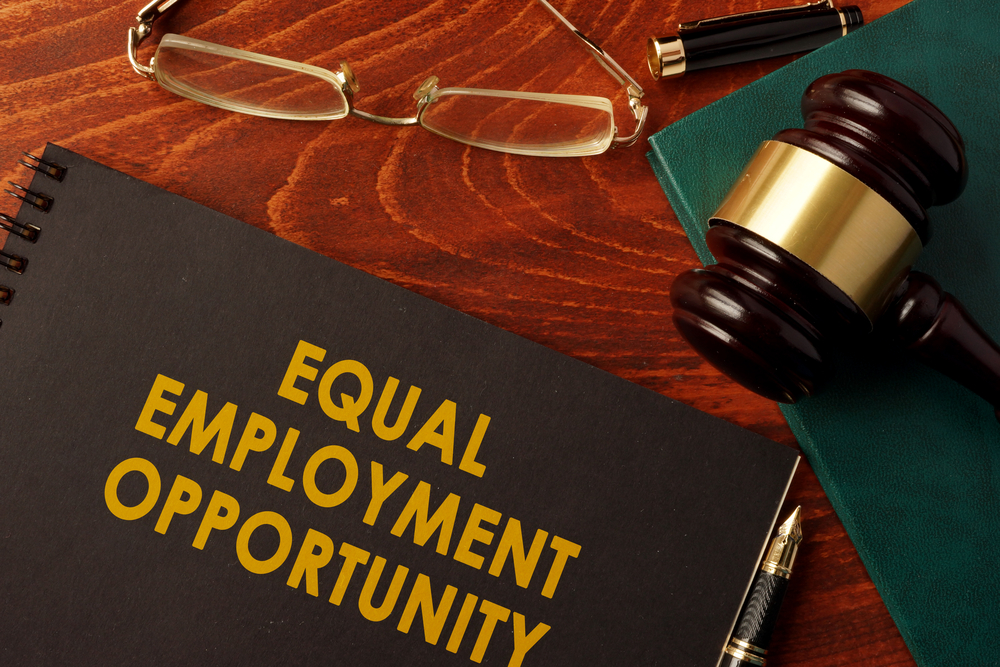 Workplace discrimination negatively impacts the lives and careers of many American workers every year. While a great deal of these instances of discrimination will go unreported—and a great deal more will end with HR intervention—some will progress to the point of pursuing a lawsuit for workplace discrimination. However, employment law is complex, and it’s important to understand how to sue an employer for this type of discrimination, as well as the implications of such a claim. Keep reading to find out more.
Workplace discrimination negatively impacts the lives and careers of many American workers every year. While a great deal of these instances of discrimination will go unreported—and a great deal more will end with HR intervention—some will progress to the point of pursuing a lawsuit for workplace discrimination. However, employment law is complex, and it’s important to understand how to sue an employer for this type of discrimination, as well as the implications of such a claim. Keep reading to find out more.
What Qualifies as Workplace Discrimination?
First, it’s essential to establish that you were, legally speaking, a victim of workplace discrimination. According to employment law, workplace discrimination occurs when someone is treated unfairly either during the hiring process or as an employee, specifically due to that person being in a legally protected category; this would include discrimination based on race, color, religion, sex, gender identity, sexual orientation, disability (including pregnancy), age, nationality, or genetic information. Behaviors and actions that could qualify as workplace discrimination include the following:
The primary difficulty in suing an employer for workplace discrimination is that these actions are often perpetrated by an individual employee. In order for the employer to bear responsibility, the employee must prove that the employer either enabled the discrimination, has policies that encourage this type of discrimination, or knew of the discrimination and failed to take appropriate action.
How Do You Prove Workplace Discrimination?
When pursuing a case like this, the burden of proof lies with you, the plaintiff in the lawsuit. Based on the unique circumstances of your case, there may be many different ways to prove that workplace discrimination occurred, but it all comes down to having as much documentation of the discrimination as possible. Types of evidence used in this case may include the following:
For example, let’s say you believe you’re being discriminated against on the basis of gender. You’ve noticed that all female employees are placed at the register and in other customer support positions where you work, while you and all other male employees are relegated to the stock room and janitorial tasks. This is consistent throughout all shifts, and when you asked your employer if you could work a register, you were told that women just had friendlier faces and were more approachable than men, and the company prefers their male employees remain less visible to customers.
In this case, copies of schedules and photos of the work assignment board showing the consistency of this separation based on gender would be important evidence. Witness statements from other employees who may have heard your employer supporting this type of discrimination based on a gender stereotype would also prove the discriminatory behavior. Or, if the statement was made over email, a copy of that email would be essential to your case.
How to File a Workplace Discrimination Lawsuit
There are several ways to file a discrimination claim against your employer, including through the Equal Employment Opportunity Commission’s (EEOC) online portal, or in person at your local EEOC office. Additionally, you can file your “Charge of Discrimination” with the Florida Commission on Human Relations (FCHR).
Once you file a charge, either the EEOC or FCHR (depending on who you filed it with) will begin investigating your allegations. You will need to wait for the investigation for a certain period of time before you can file a lawsuit; the exact period of time will vary depending on whether or not the entity investigating makes a determination on your case. If a determination is made, you can file your lawsuit as soon as that decision is reached. If the determination is not made within 180 days, you can file your own lawsuit at that time, or as soon as you receive a right to sue letter on the case.
It’s a good idea to work with an employment attorney from the very beginning, when you’re putting together your Charge if Discrimination for the EEOC or FCHR. We can help you to ensure your filing is thorough so that the investigation can proceed quickly, and you can choose to pursue your own lawsuit sooner. Then, we’ll represent you in your workplace discrimination lawsuit to ensure you receive the compensation you deserve for the violation of your civil rights.
Contact The Harr Law Firm today to schedule a consultation with our workplace discrimination attorney.